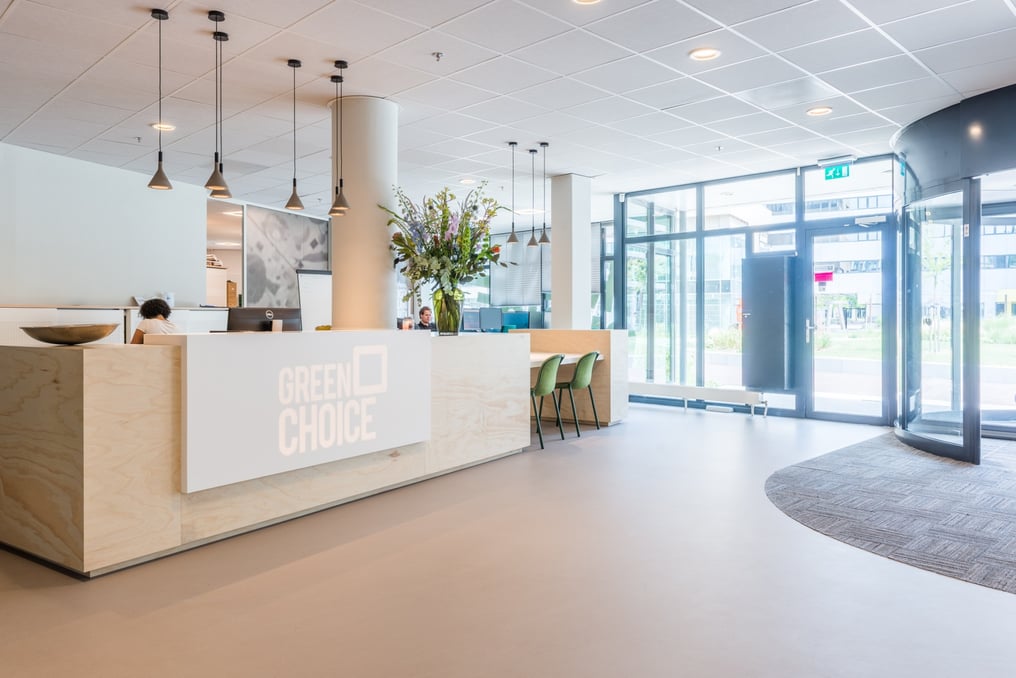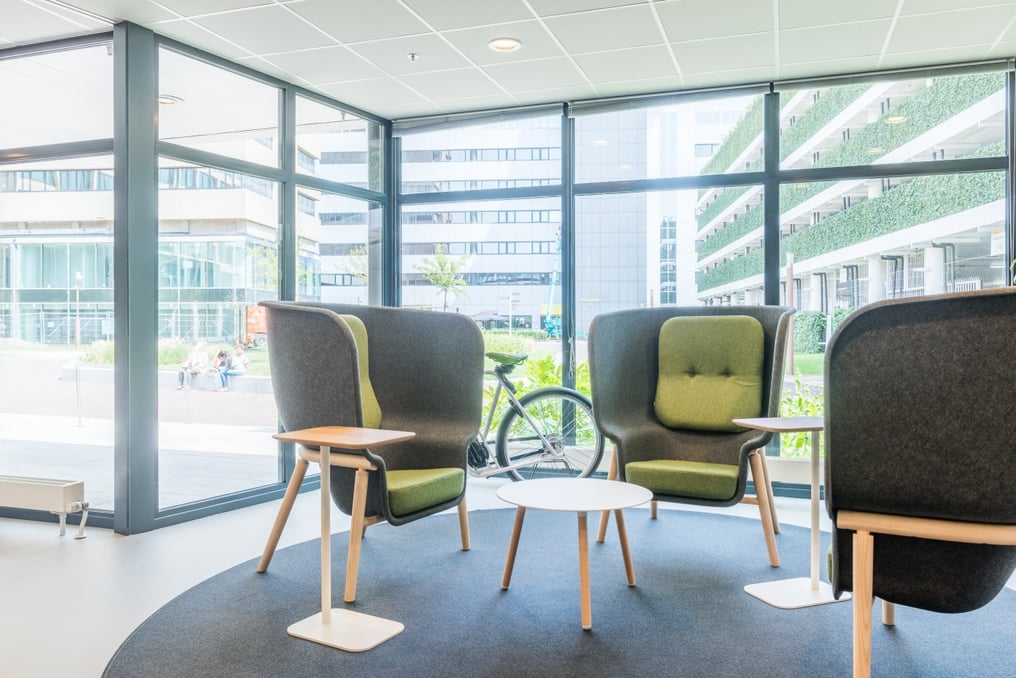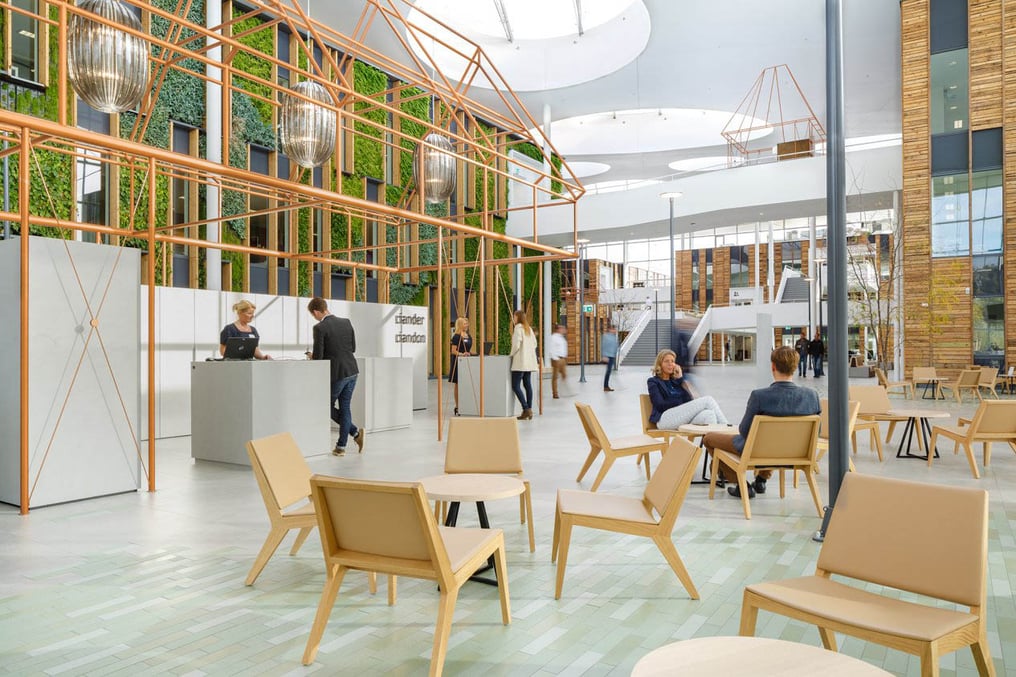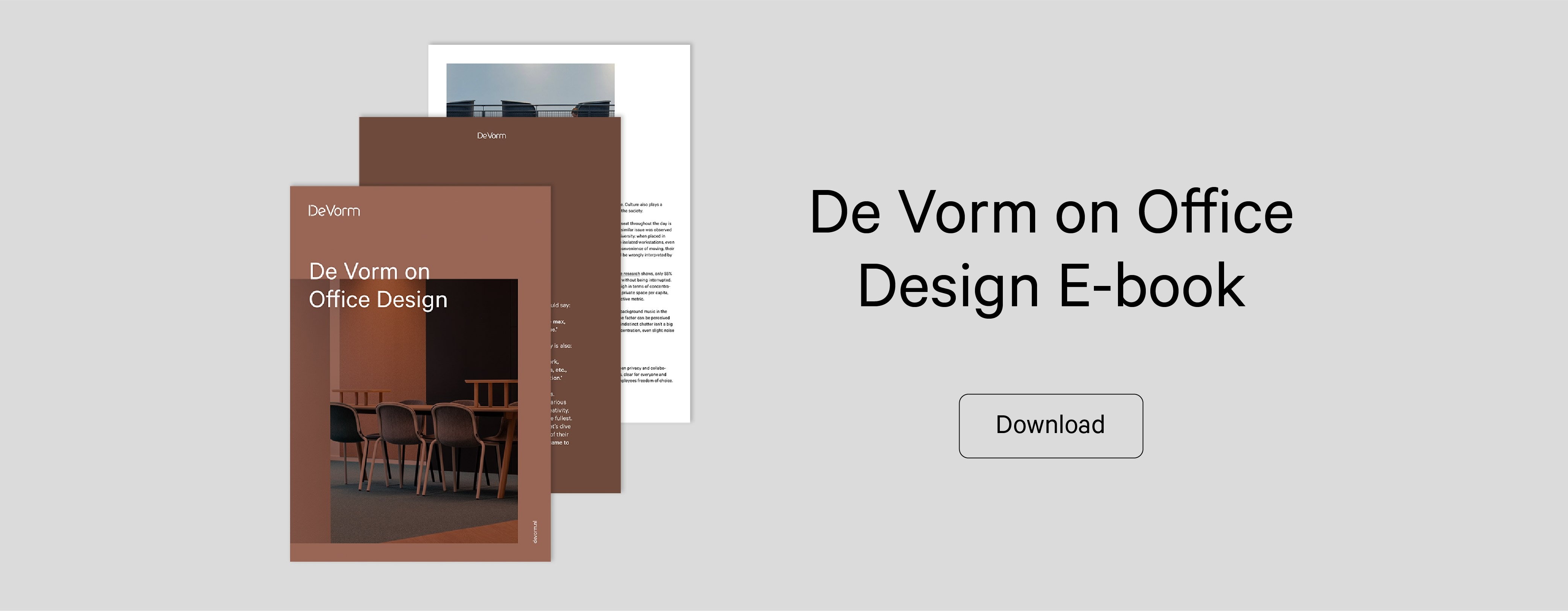Journal
Here's Why Green Offices Should Become a Norm
Over the past decade, we've seen many noticeable shifts in the way architects approach office design. The growing importance of sustainability considerations is one of them. Experts claim that green offices are not only beneficial for our planet, they also help companies attract and retain talent. At the same time, sustainability has not yet become a norm in office design - and here's why it should.
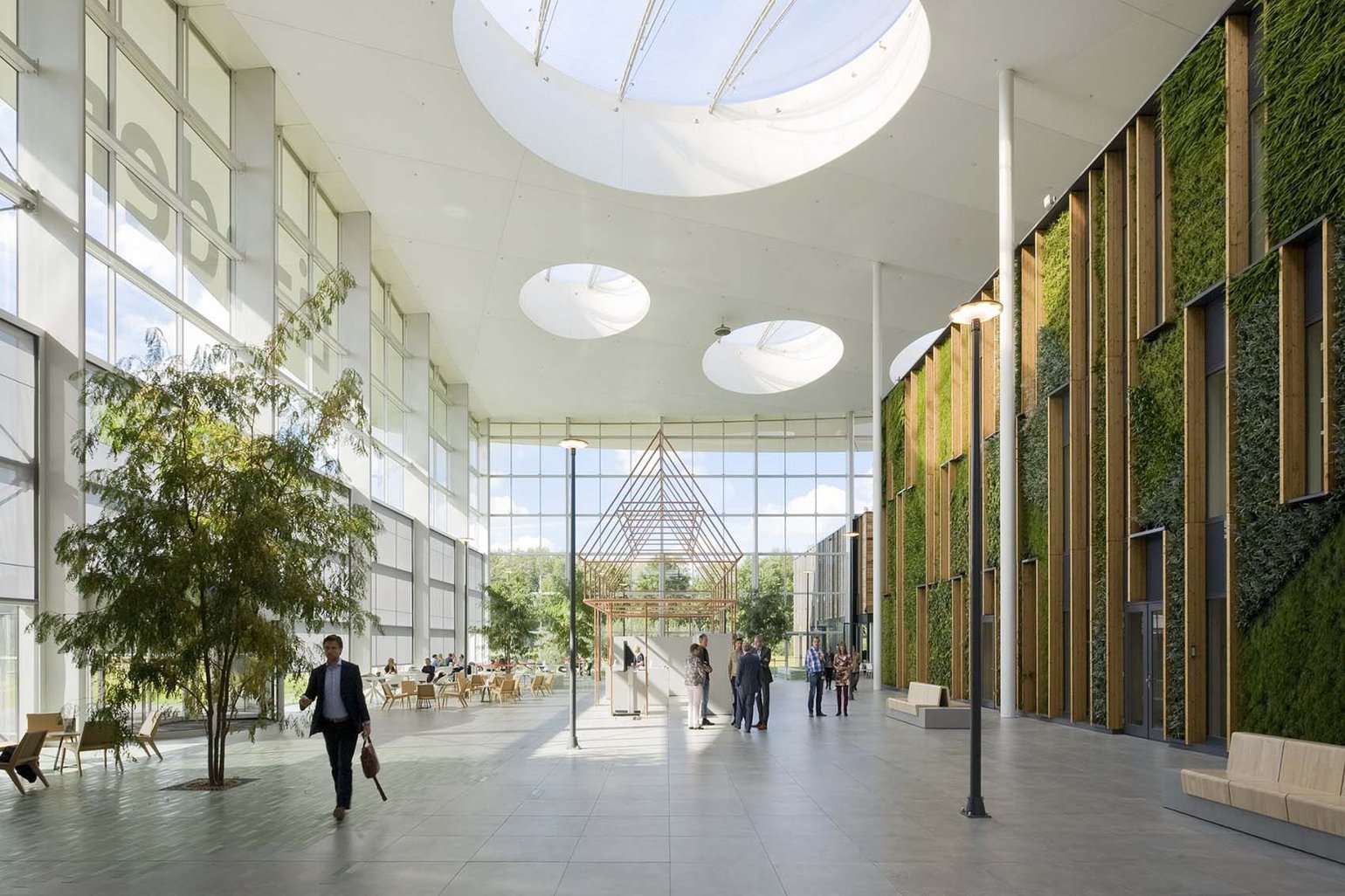
Millennials demand sustainable workplaces
It was millennials who brought sustainability high on the agenda. For them, it is crucial that employers care about the same causes they do. As much as 40% of US millennials indicate that they have chosen a job because of the company’s sustainability values. At the same time, 64% in the US of them stated that they wouldn’t work for an employer without a strong social responsibility policy. The message is clear — make your workplace green if you want to attract and retain young talents.
The construction and use of buildings in the EU account for about half of all extracted materials and energy consumption, and about a third of water consumption. With that in mind, it is appalling that so many offices are still built with little thought for the future. Some of the corporate premises become obsolete earlier than expected, as they fail to adapt to the changing workforce demands. Such offices cannot be properly refurbished or deconstructed. As a result, we risk being left with a huge legacy of outdated architecture, that is nothing but the waste of resources.
Green offices are future-proof
Realising that a ‘fast-fashion’ approach to office design is no longer viable, architects resort to circular economy to design future-proof workplaces. Sustainable and recyclable materials, waste management and energy-saving measures are at the cornerstone of this process. However, there is more to it.
Jeremy Myerson, the leading expert in people-centric design, states that the effective use of space may have a greater effect, than a wind turbine of the office roof. When visiting the Melbourne City Council’s CH2 building, dubbed as the greenest office in the world, Myerson noticed that despite all the energy-saving measures, the building wasn’t that sustainable at the end. It was hardly occupied — some areas remained empty most of the time. As a result, what the office gained through conserving energy was lost through inefficient use of space.
As simple as that: efficiently used office space means building less new offices. That’s why this factor deserves greater consideration in the design process. Multi-functional areas with modular elements make the workplace suitable for different uses and users. At the same time, flexible design extends the lifespan of the office, enabling its easy refurbishment and postponing its demolition. As a result, a modular workplace is beneficial for both employees and the planet.
"As simple as that: efficiently used office space means building less new offices."
Benefits of green office design
The common misperception is that ‘sustainable’ design comes at a high cost, but green offices can actually provide financial benefits. Leadership in Energy and Environmental Design (LEED) rating system estimates, that green-certified office buildings have lower maintenance expenses, utility costs and higher company market value. LEED states the green retrofit is paid back in 7 years through the utility and maintenance savings.
Green office design also proved to have a positive effect on employee performance and well-being. People working in green-certified buildings have 26.4% higher cognitive function scores, better environmental perceptions and fewer sickness symptoms.
Some companies have already experienced the ‘green’ benefits on their own example:
- • Skanska UK managed to cut sick days by two-thirds after implementing the green initiative in their Doncaster office.
• New healthy workplace of Delta Development Group generated a €42 million increase in net present value over 20 years due to increased productivity, staff retention, and reduced absenteeism.
• Saint-Gobain call centre staff have demonstrated a 97% increase in sales-generated leads and a 101% increase in leads per call since moving into the green building.
Sustainable thinking holds huge potential for businesses. With proper implementation, it helps the companies minimise the negative environmental impact, save the maintenance costs, attract talents and boost overall productivity. The benefits are countless, and so are the reasons to go green. But not everyone has realised it yet.
Co-working spaces: a black sheep of the family
While many companies all over the world are actively implementing green initiatives, shared offices and co-working spaces are still lagging behind. Sustainability should be among the corporate values, shared by all the people in an organisation. Company owners and senior management are the drivers of change in this process. In shared offices, however, shared values are often missing.
As a result, property owners are often unable to ensure and control waste management and energy-saving measures. Sometimes they don’t even try to implement such initiatives. In an interview for Raconteur, entrepreneur Kevin Sefton noted that there is a huge missed responsibility in co-working places:
“The amount of waste that is generated from shared offices is staggering; very often they have trashcans with no recycling. Twenty years ago at Arthur Andersen I would eat from a china plate with metal cutlery in the staff canteen and there were no single-use plastics. Now it’s the complete opposite; there is a huge missed responsibility in shared offices.”
The change has to be made, both in offices and co-working spaces. Green thinking is no longer an exception, but a must. Nowadays, we have all the tools to embrace this demand and make sustainable office design a norm.
